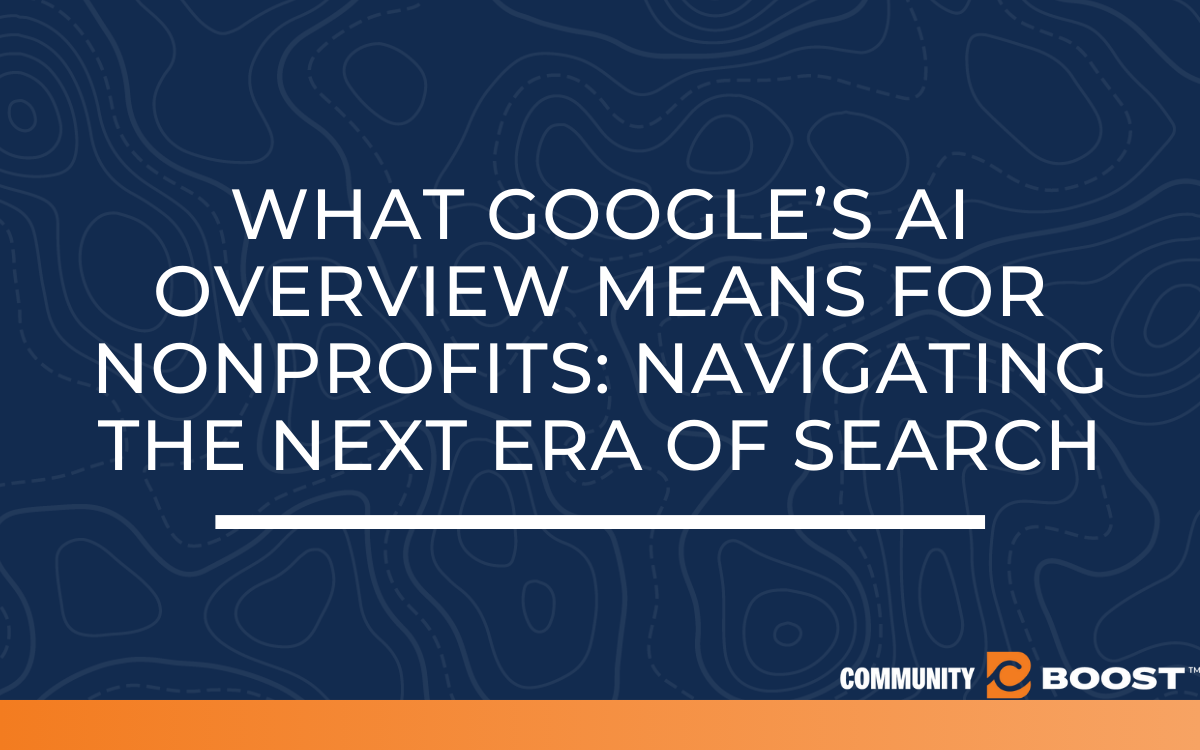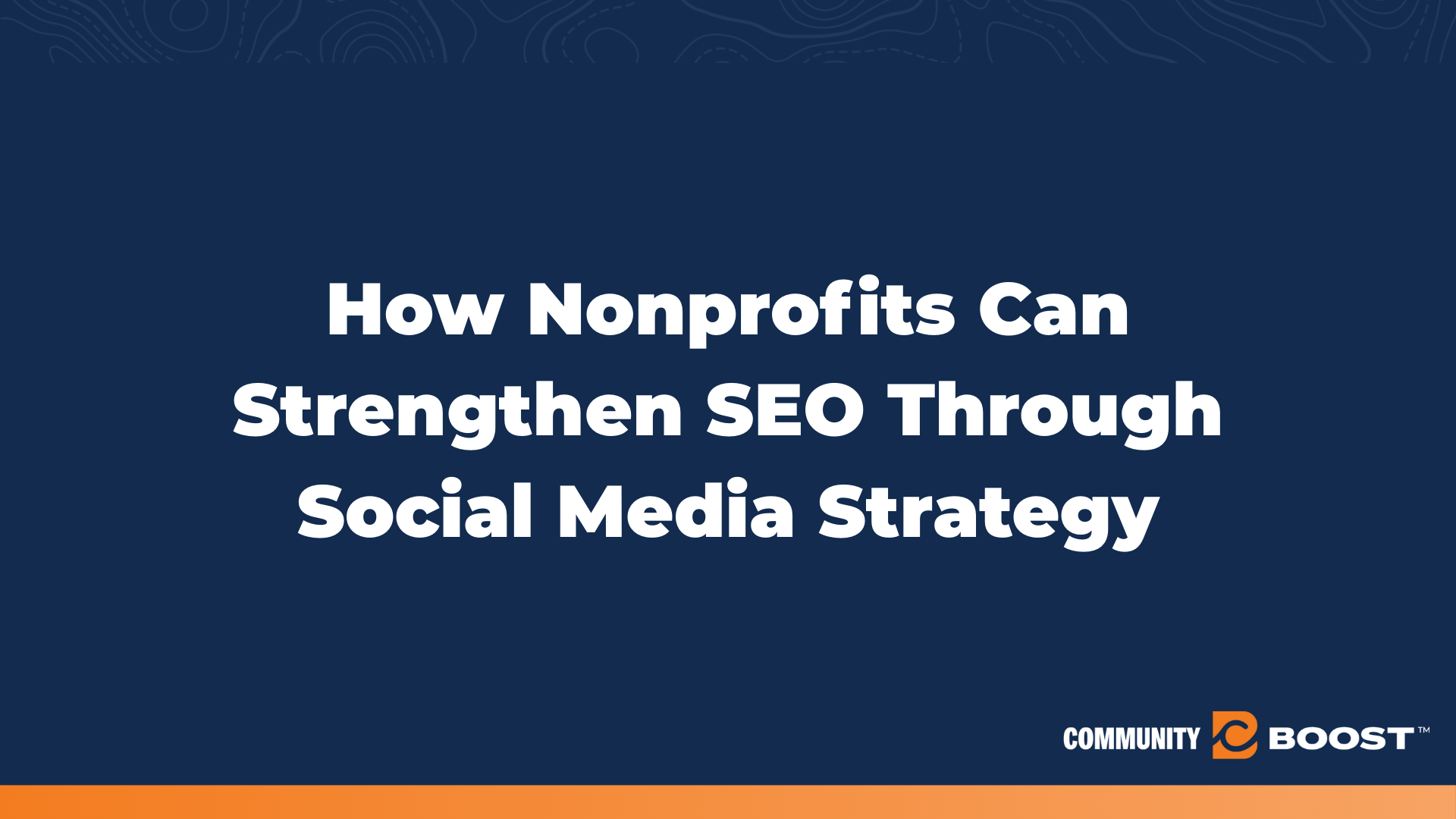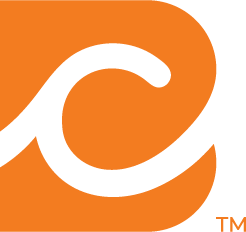Be the first to get Free Digital Marketing Resources + Insights
Trusted by 50,000 nonprofits
What Google’s AI Overview Means for Nonprofits: Navigating the Next Era of Search
| Strategy | 0 comments
min to read ✭
As Google continues to integrate artificial intelligence into its search experience, many nonprofit teams are asking the same question: How will Google’s new AI Overview affect our search visibility?
While this shift introduces some uncertainty, it also creates new opportunities—for both organic and paid strategies. The key is to stay focused on what’s always worked: creating high-quality content, aligning with user intent, and optimizing for performance across channels.
Here’s what nonprofits need to know about Google’s AI Overview, how it could impact search traffic and ads, and how to adapt your strategy moving forward.
What Is Google’s AI Overview?
Google’s AI Overview is part of its broader push to use artificial intelligence to enhance the search experience. The feature delivers AI-generated summaries directly on the search results page, offering users fast, context-rich answers—especially for complex or multi-step queries.
Instead of clicking through several links, users may now get detailed information at a glance, with links to relevant sources embedded within the summary.
While this improves the search experience for users, it introduces new considerations for organizations that rely on SEO and paid search to reach their audiences.
How Google’s AI Overview Impacts Organic Search
What Nonprofits Should Know
Although AI summaries may lead to a decrease in click-through rates for certain queries, they also present an opportunity: your organization’s content can be featured as a trusted source within those summaries.
To be considered, your content must be:
- Authoritative and trustworthy
- Context-rich and focused on user intent
- Structured and optimized for clarity and relevance
This shift encourages nonprofits to double down on strategic content creation, particularly around commonly searched questions related to their cause, programs, and services.
Best Practices for Nonprofit SEO in the AI Era
- Create content that clearly answers common questions and reflects your expertise.
- Continue optimizing technical SEO elements like meta tags, page speed, mobile usability, and internal linking.
- Use schema markup where appropriate to help search engines understand your content.
- Monitor performance metrics on informational keywords, as AI summaries may reduce traffic to traditional blog or FAQ pages.
How AI is Affecting Paid Search Ads
What Nonprofits Should Know
While organic visibility may shift, Google Ads remain a consistent tool for maintaining visibility, even as the AI Overview evolves. Google has announced that paid ads will be integrated into AI-generated results, though the full rollout timeline remains unclear.
In the meantime, paid ads will continue to appear above and below the AI summary, making it essential to keep ad performance and relevancy high.
Paid Search Best Practices for AI-Integrated Results
- Strengthen ad relevance by aligning keyword targeting with updated user intent.
- Maintain high ad strength and quality scores through improved copy, extensions, and landing page experience.
- Focus on website speed and UX, as both are increasingly important for ad rank.
- Explore longer-tail keyword targeting to match AI-influenced queries.
- Prepare to test dynamic ad formats and placements as Google begins integrating AI content more fully with paid ads.
How Nonprofits Can Adapt
As AI reshapes the search landscape, the nonprofits best positioned for continued growth will be those that remain proactive and adaptive.
Recommended Strategies:
- Take a Holistic SEO Approach
Focus on content that demonstrates credibility, depth, and relevance. Think beyond surface-level blog posts—what guidance or insights can your nonprofit uniquely provide? - Evolve Your Paid Search Strategy
Revisit your campaign structure and creative to ensure you’re aligned with how people are searching today. Use A/B testing to identify what works best in a changing search environment. - Build Engagement Beyond Search
While visibility on Google remains essential, don’t neglect the value of community engagement through email, social media, and organic traffic sources. A well-rounded marketing mix will strengthen performance across all channels.
Final Takeaway: Your Strategy Should Evolve, Not Pause
Google’s AI Overview is a clear signal that search is changing, but it is not a reason to pull back—it’s a call to optimize smarter. Whether your nonprofit depends on organic content to drive awareness or paid search to support fundraising campaigns, this evolution is an opportunity to deepen your focus on user experience, quality content, and strategic relevance.
At Community Boost, we’re committed to helping nonprofits adapt and thrive in this next era of digital marketing. We’ll continue optimizing your SEO and Paid strategies to align with AI-driven search and ensure your mission continues reaching the right people.
Have questions about how Google’s AI Overview could affect your campaigns?
Get in touch with our team—we’re here to help.




